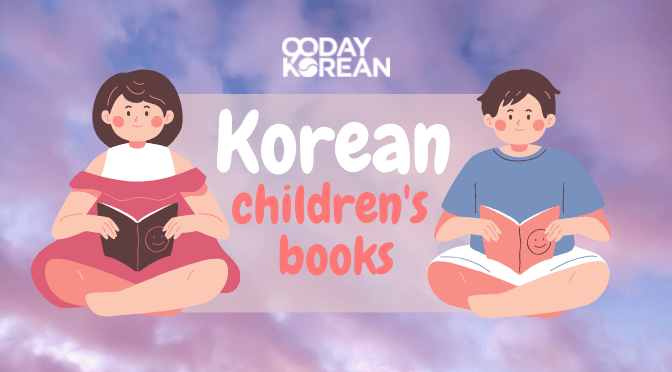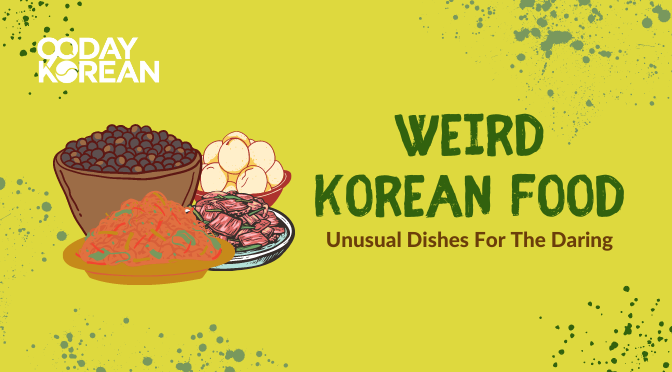Learning Korean comes in different methods. One of them is through a Korean children’s book. You may have been learning the language through lessons or videos, but this easy method can also do the trick. Korean children’s books may be a great place to start building your language skills outside of the classroom.
In this article, we have compiled a list of Korean children’s books or picture books that you might be interested in, so it’ll be easy to find Korean language books to read. Let’s look at what they are to get started on reading. These are easy Korean books to read, and the more you understand them, the more your confidence grows!
Contents
Best Korean children’s books to read for learning Korean
There are various books made for Korean children or even older kids, full of modern stories and classic tales. Here are just a few of the Korean children’s books, make for a great start to your journey of learning Korean through literature.
Korean Children’s books about friends
Here are some stories about friendship.
Sleep Tight, Little Wolf
Korean: (잘 자, 꼬마 늑대야 ㅣ jal ja, kkoma neukdaeya)
Author: Ulrich Renz
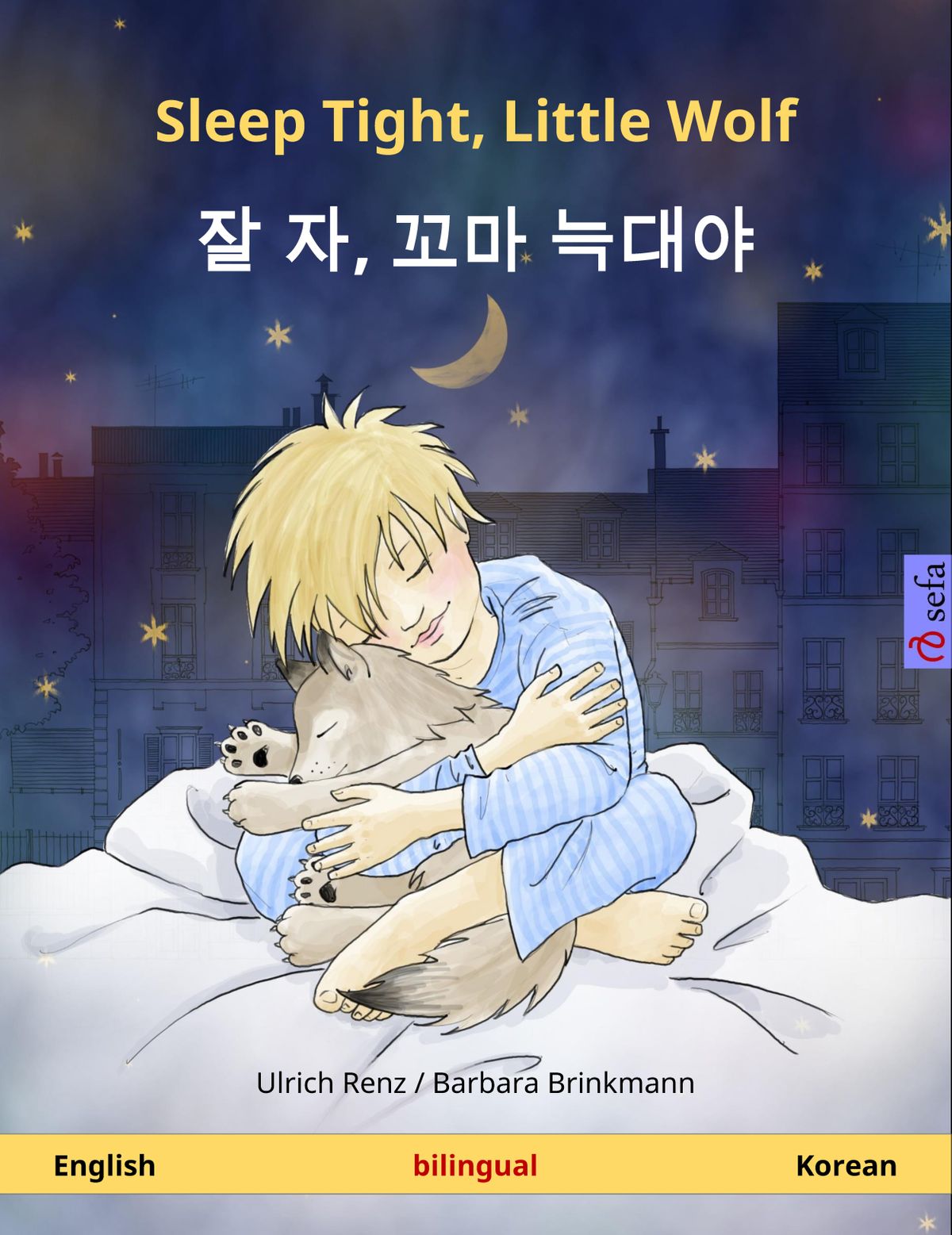
This children’s book is popular around the world and is translated into different languages. The Korean version tells the story of a child named Tim, who can’t sleep because his little wolf is missing and ventures out alone at night, coming across some new friends.
I Am Dog
Korean: (나는 개다 ㅣ naneun gaeda)
Author: Baek Heena
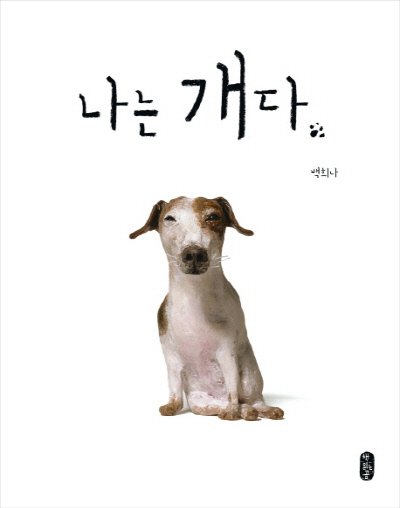
At the center of this book is a dog named Gongyi, who becomes the new friend of a lonely young boy named Dongdong. Gongyi is a responsible dog who protects and cares for his new adopted family despite missing his own family.
The Turtle Ship
Author: Helena Ku Rhee
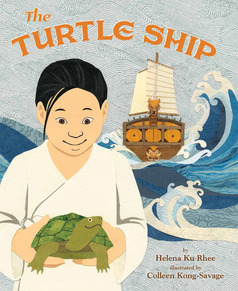
The picture book illustrated by Colleen Kong-Savage, tells about a young boy named Sun Sin with a big dream. Although he was often made fun of, he entered a national contest for designing the best and most indestructible battleship and was inspired by his pet turtle, Gobugi.
The book is loosely based on the true story of the Korean hero Admiral Yi Sun Sin and his Turtle Ship, which will help readers learn about Korean culture.
The Name Jar
Author: Yangsook Choi
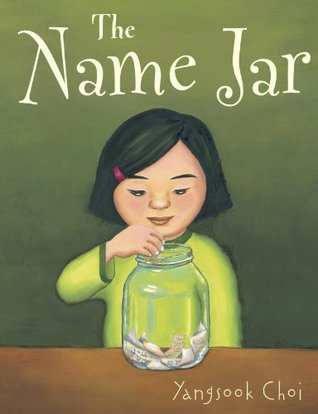
This story is about a Korean kid named Unhei who just moved to America from Korea. It’s already tough being the new kid at school, but it was harder for her thinking her new classmates couldn’t even pronounce her name. She didn’t introduce herself on the first day of school. Instead, she tells the class that she will choose a name by the following week.
Fascinated by the kid with no name, her friends decided to help out by filling a glass jar with names for her to pick from. However, the name jar had mysteriously disappeared when she was supposed to choose a name. With the encouragement of her new friends, Unhei decided to stick to her Korean name and helped everyone pronounce it, just like “Yoon-Hey.”
Korean Children’s books about family
These stories are about the relationship with the family. Some of these stories also talk about Korean culture and how it impacts the family.
My Sister
Korean: (우리 누나 ㅣ uri nuna)
Author: Lee Seo Ji
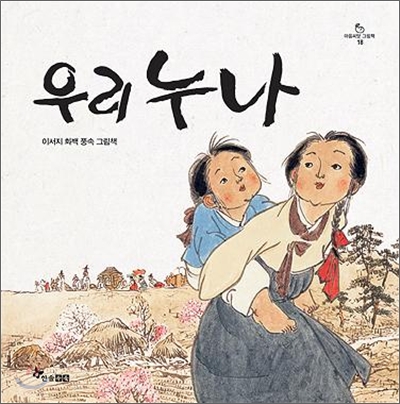
This picture book shows the joys that a younger brother experiences while playing with his older sisters. It gives the readers an idea of the Korean culture and cultural traditions through the drawings showing the clothes they wore, the games they played, and the life they lived during the Joseon Dynasty.
Mom is Angry
Korean: (엄마가 화났다 ㅣ eommaga hwanatda)
Author: Choi Suk Hee
This book tells the story of depicting conflicts that happen between a mother and her child in everyday life. It features typical things in the family, like how the mother got mad because her child drew on the walls.
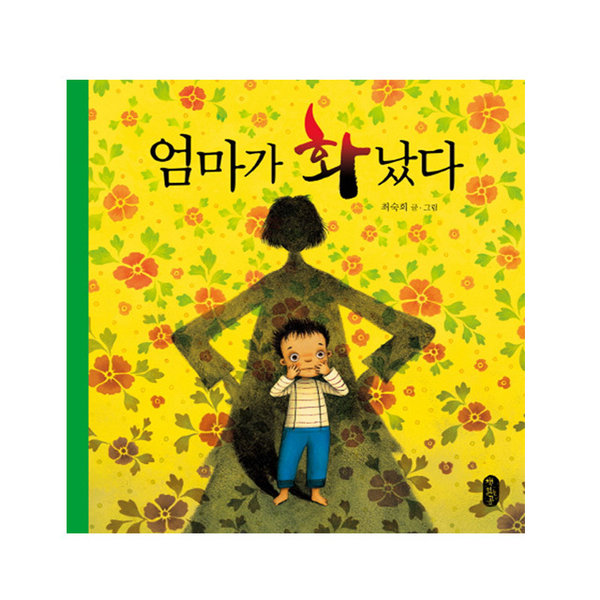
Bee-Bim Bop!
Author: Linda Sue Park
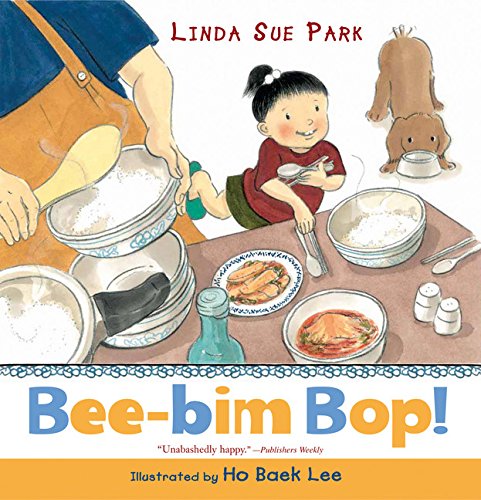
Bee-bim bop, which translates as “mix-mix rice,” talks about the traditional Korean dish 비빔밥 (bibimbap) in simple rhymes. This Korean food is rice topped with meat and vegetables, which you’ll be mixing.
In this picture book written by author Linda Sue Park, a Korean-American little girl helps her mother make bibimbap by preparing the ingredients, setting the table, and enjoying her favorite food with her family. This is a whimsical story that conveys the character’s enthusiasm through its pictures and the life and cultural traditions of a Korean-American family.
Rice From Heaven
Author: Tina Cho & Keum Jin Song
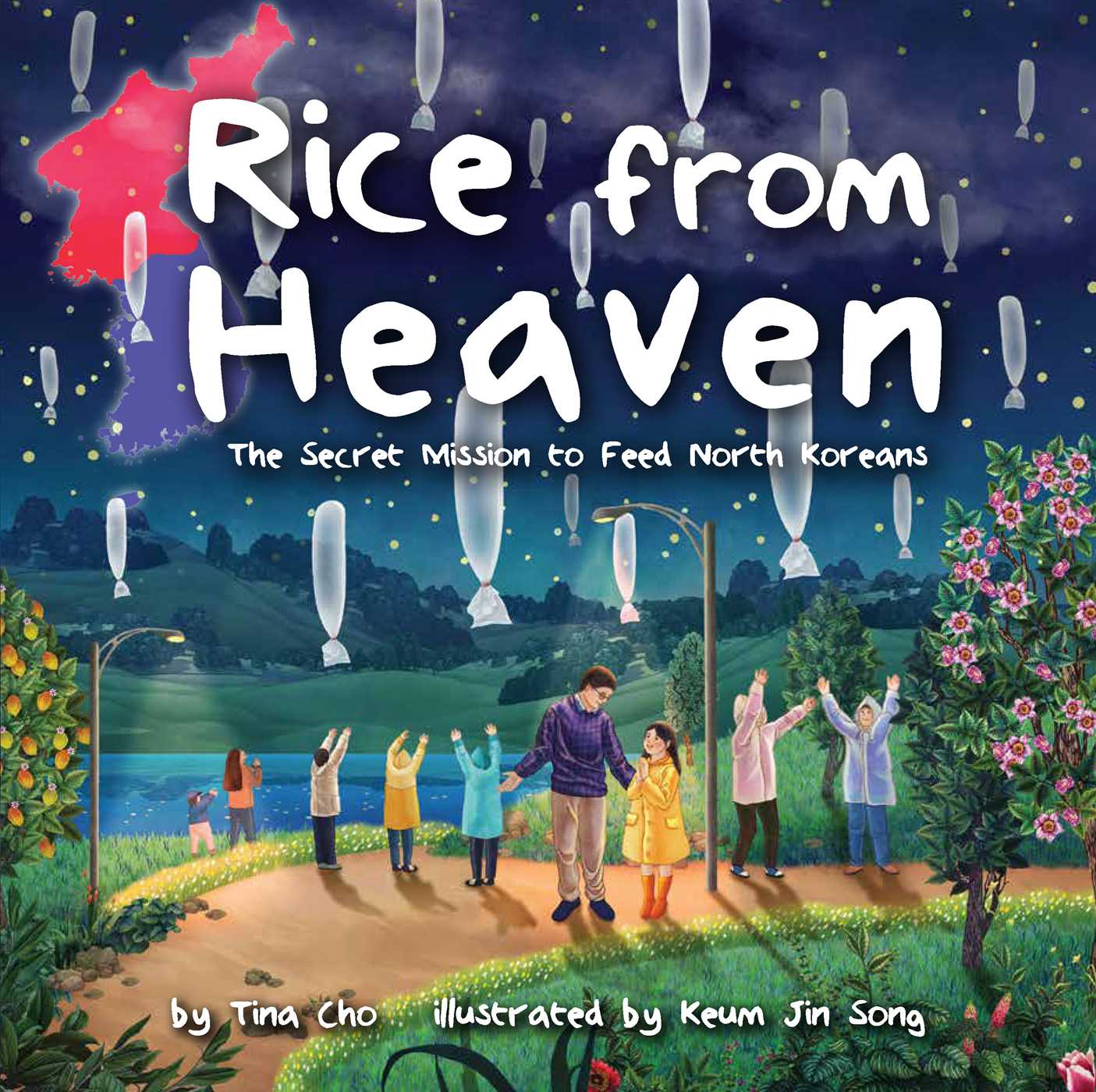
This story is based on the personal experience of the Korean-American author Tina Cho. This book tells the story of a young girl from South Korea who, along with her dad, sends help to people in North Korea by providing food, specifically rice, through a special balloon that crosses the border. The story teaches about compassion and seizing opportunities to help those in need.
Dear Juno
Author: Soyung Pak
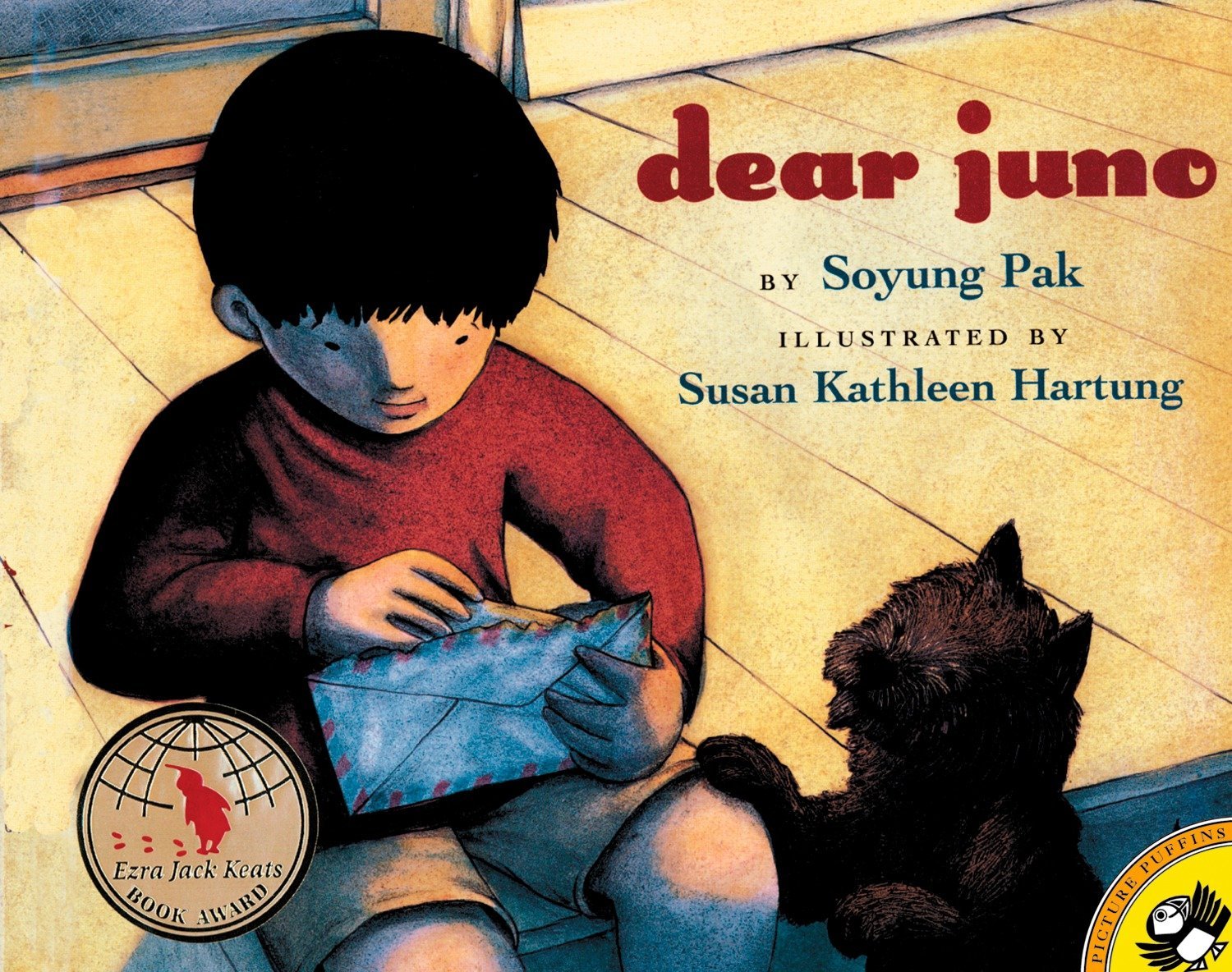
This story is about a Korean-American child and his grandmother who communicate despite their language barrier by exchanging letters. Juno’s grandmother can read Korean and writes to him in Korean, and his parents translate it for him. On the other hand, Juno expresses himself through his drawings.
Korean Children’s books about fantasy
These stories may not happen in real life, but they are fun and interesting.
Cloud Bread
Korean: (구름빵 ㅣ gureumppang)
Author: Baek Heena
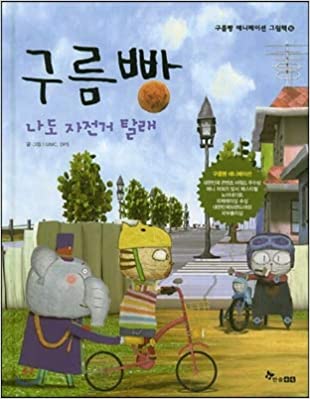
This tells the story of a cat family where the two siblings brought home a piece of cloud that they found on a tree branch. They gave it to their mother cat and asked her to bake bread made of clouds. After which, they all floated into the air like they were also pieces of clouds.
Watermelon Pool
Korean: (수박 수영장 ㅣ subak suyeongjang)
Author: Hello Moon
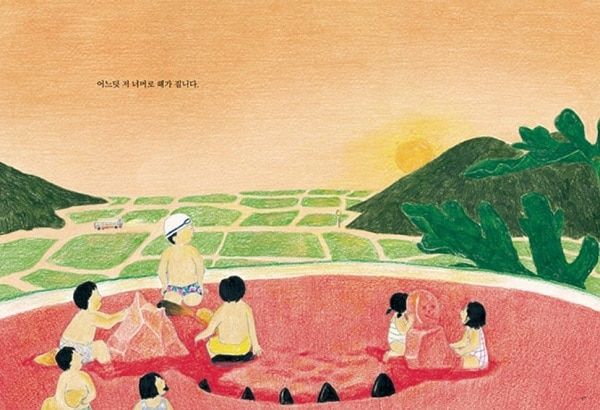
This book is all about watermelons, making it the perfect read for any watermelon lover out there! It’s a story about a village that celebrates the Watermelon Pool Festival every summer. The watermelon is split in half and makes a gigantic pool for everyone to swim, play, and enjoy the summer weather in.
I Love to Eat Fruits and Vegetables
Korean: (난 과일과 야채를 정말 좋아해요ㅣ nan gwailgwa yachaereul jeongmal joahaeyo)
Author: Shelley Admont
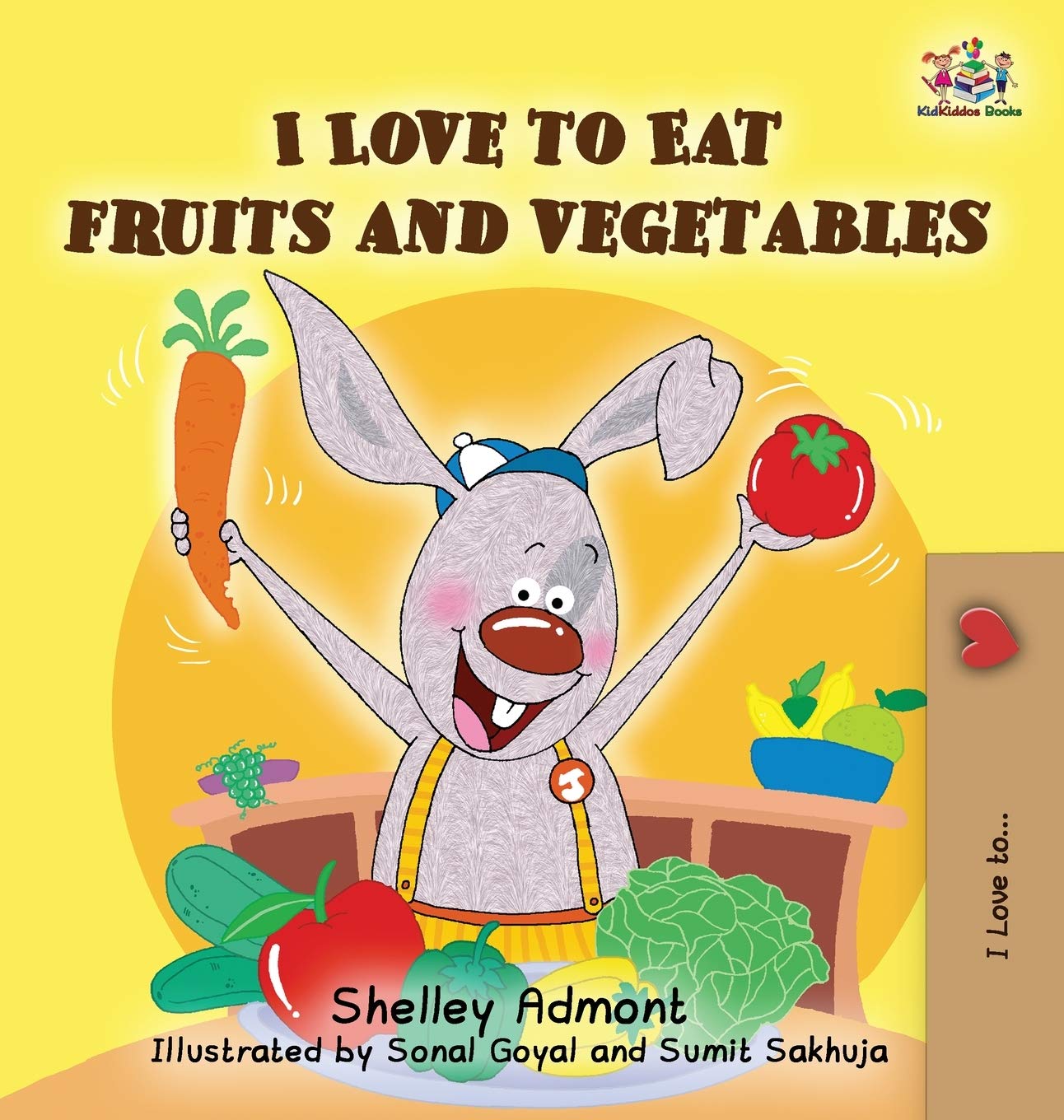
In the Korean edition of this book, a bunny named Jimmy starts loving fruits and vegetables after a mishap in the kitchen while trying to get his hands on some candy.
Other Korean Children’s Books for learning Korean
Here are more picture books and reading books that you can check to help you learn Korean.
Sori’s Harvest Moon Day – Uk Bae Lee
Danbi Leads the School Parade – Anna Kim
Where’s Halmoni? – Julie Kim
No Kimchi For Me! – Aram Kim
Korean Celebrations: Festivals, Holidays and Traditions – Tina Cho
Why you should learn Korean with Korean children’s books
As much as we may hope for it, none of us can completely learn the Korean language overnight. And though you may consume a lot of Korean movies, dramas, and music, sometimes you may feel discouraged by how little of it you actually understand. Books for young kids all over the world are designed to be simple and easy to understand. The same goes for Korean children’s books which are made for Korean children.
Learn more about South Korea
By reading and learning through children’s books, you can also familiarize yourself with South Korea. Specifically the Korean culture, Korean families, Korean celebrations, and food through different fun stories. These are often presented as graphic novels through a picture book too.
Become more motivated in learning Korean
You can actually make surprisingly big leaps in your Korean skills simply by reading a book. Yes, even if it’s a very simple picture book. Not just in learning vocabulary and grammar structure, but in increased motivation to keep studying. So why not start reading simple Korean books for children right away while you’re learning Korean!
Wrap Up
Which book do you think you’ll read first? What was the last book that you read? Do you have your list of favorite books too? Let us know in the comments! These are some topics you can talk to your Korean friends about, too! If you want to support your Korean language studies with some textbooks specifically for learning Korean, here’s a great list!

